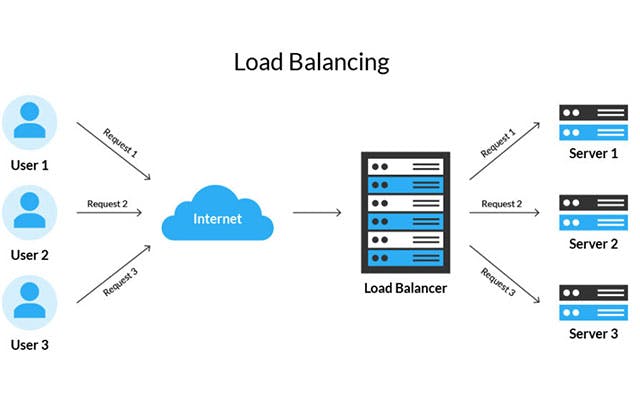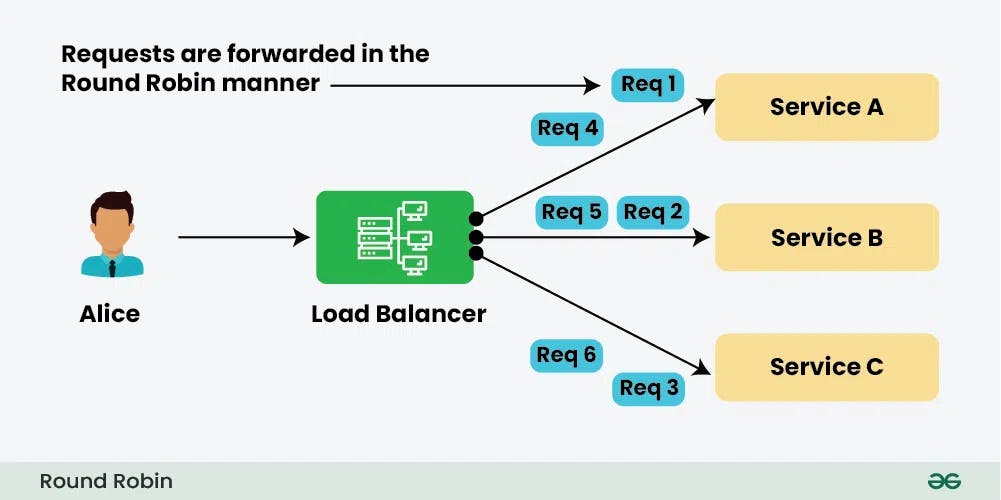Mastering Digital Traffic: The Essential Guide to Load Balancing
What is load balancing?
Load balancing is the process of distributing network or application traffic across multiple servers or resources to ensure no single server becomes overwhelmed. To handle high volumes of traffic, most applications have many resource servers with duplicate data between them. A load balancer is a device that sits between the user and the server group and acts as an invisible facilitator, ensuring that all resource servers are used equally. This not only maximizes responsiveness but also increases reliability through redundancy.
Examples of load balancers
Hardware Load Balancers: Devices like F5 BIG-IP and Citrix ADC are dedicated appliances designed for network traffic management.
Software Load Balancers: Solutions such as NGINX, Apache HTTP Server, and HAProxy, which can be deployed on existing hardware or cloud instances.
Cloud-based Load Balancers: Services like AWS Elastic Load Balancing, Microsoft Azure Load Balancer, and Google Cloud Load Balancer, which provide scalable load balancing technology without the need for physical hardware.
How load balancers work
Load balancers direct client requests across all servers ensuring that no single server bears too much demand / work load. User requests to the application first go to the load balancer. The load balancer then routes each request to a single server in the server farm best suited to handle the request.

Types of load balancing technologies
Effective load balancing involves various technologies, tailored to specific needs and environments:
Global Server Load Balancing (GSLB): For distributing user requests across multiple geographically dispersed servers.
Network Load Balancing (NLB): Primarily used in TCP/IP networks, often for balancing internal network traffic.
Application Load Balancing (ALB): Specifically designed for HTTP applications, directing user traffic based on advanced application-level information.
Load balancing algorithms
The decision of how to distribute traffic effectively is driven by load balancing algorithms, some of the most common include:
Round robin: The Round Robin algorithm is a simple static load balancing approach in which requests are distributed across the servers in a rotational manner.

Weighted round robin: The Weighted Round Robin algorithm is also a static load balancing approach which is much similar to the round-robin technique. The only difference is, that each of the resources in a list is provided a weighted score. Depending on the weighted score the request is distributed to these servers.
Ip Hash: Assigns a unique hash key to each client IP address and allocates requests based on this key.
Least connection method: The Least Connections algorithm is a dynamic load balancing approach that assigns new requests to the server with the fewest active connections.

Least response time method: The Least Response method is a dynamic load balancing approach that aims to minimize response times by directing new requests to the server with the quickest response time.

Benefits of load balancers
Enhanced Performance: By efficiently distributing traffic, load balancers ensure optimal utilization of resources, thereby enhancing the performance of applications.
Increased Scalability: Load balancing makes it easier to handle increasing volumes of traffic simply by adding more servers.
High Availability: Load balancers reduce service interruptions by redistributing the load among servers in the event of failures.
Flexibility and Scalability: Modern load balancers support cloud environments and virtualization, offering great flexibility and scalability.
In conclusion, load balancing is an indispensable technique in the management of web traffic and network resources. Whether deployed on-premises, as part of a hosted service, or in the cloud, load balancers streamline the distribution of network and application traffic, ensuring efficient, reliable, and quick response times. By implementing load balancing solutions, businesses can not only boost their operational efficiencies but also enhance user satisfaction and maintain continuous service availability.


